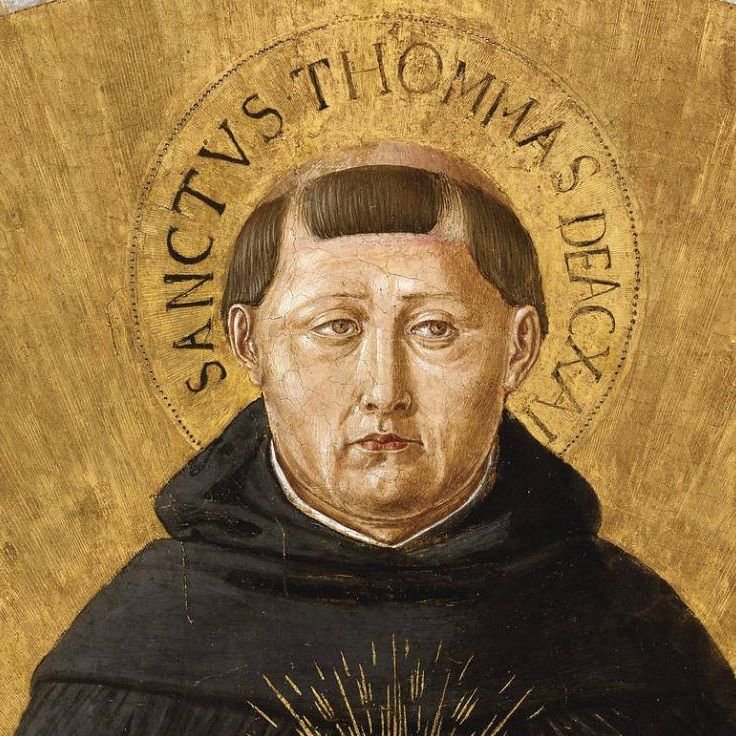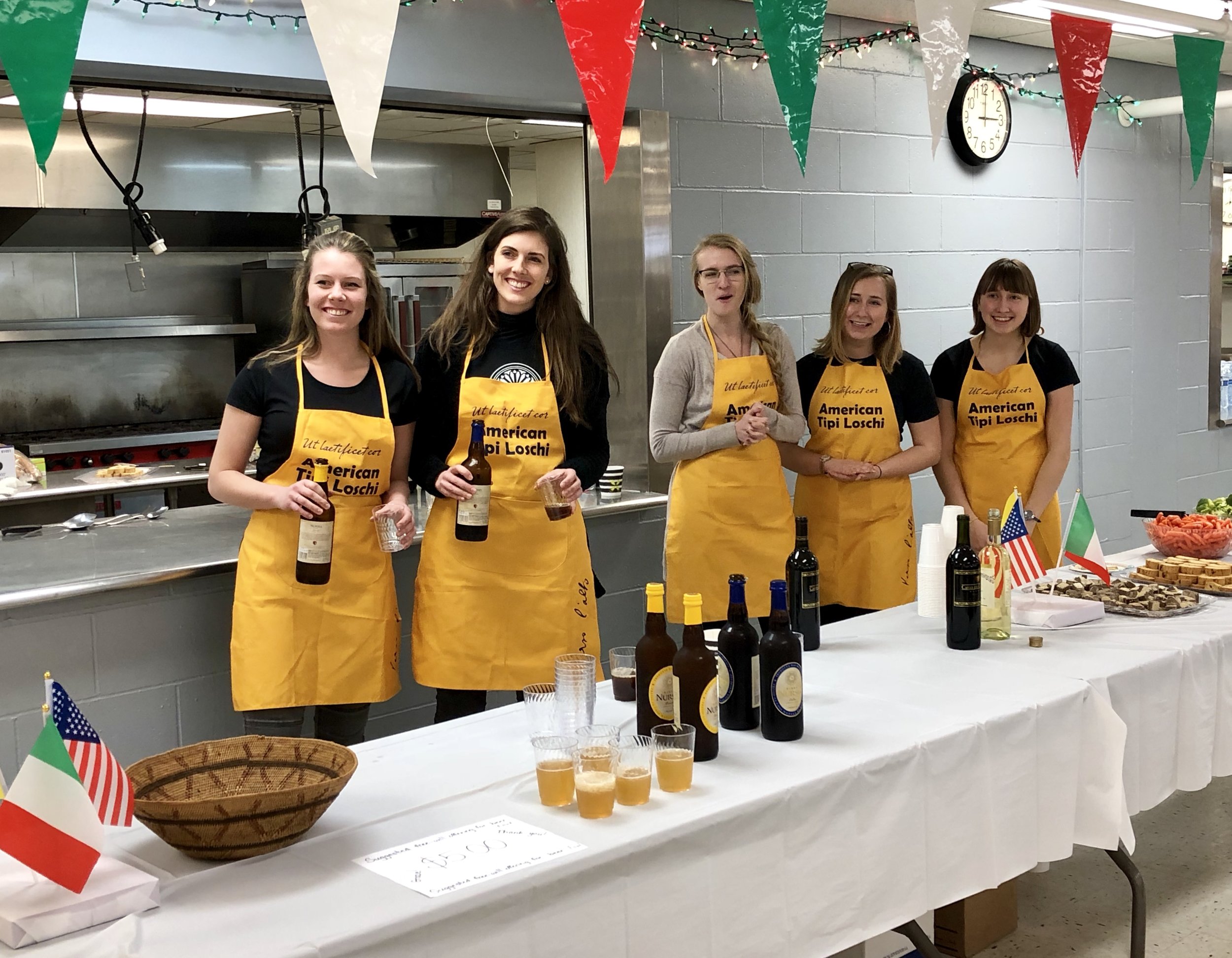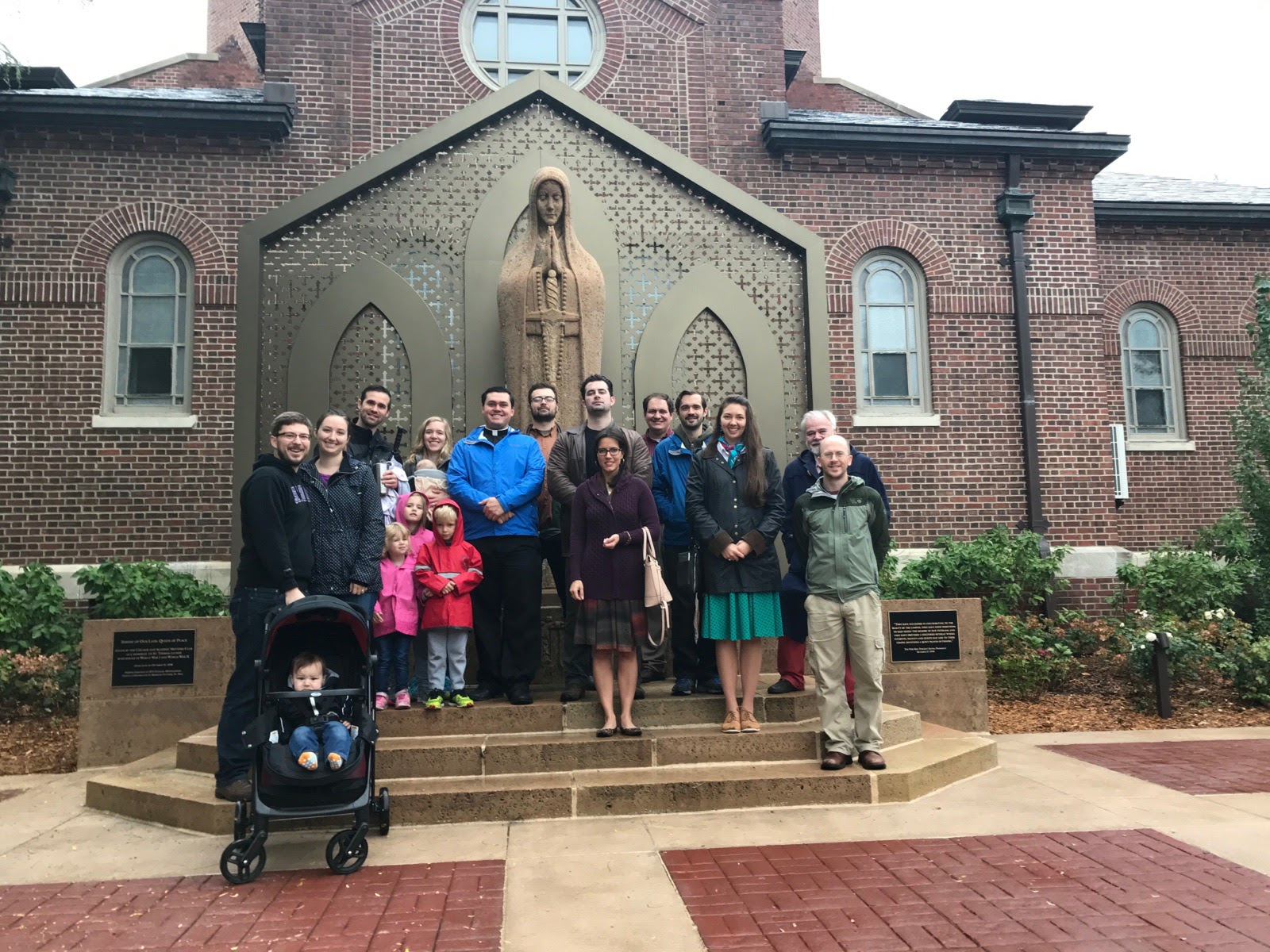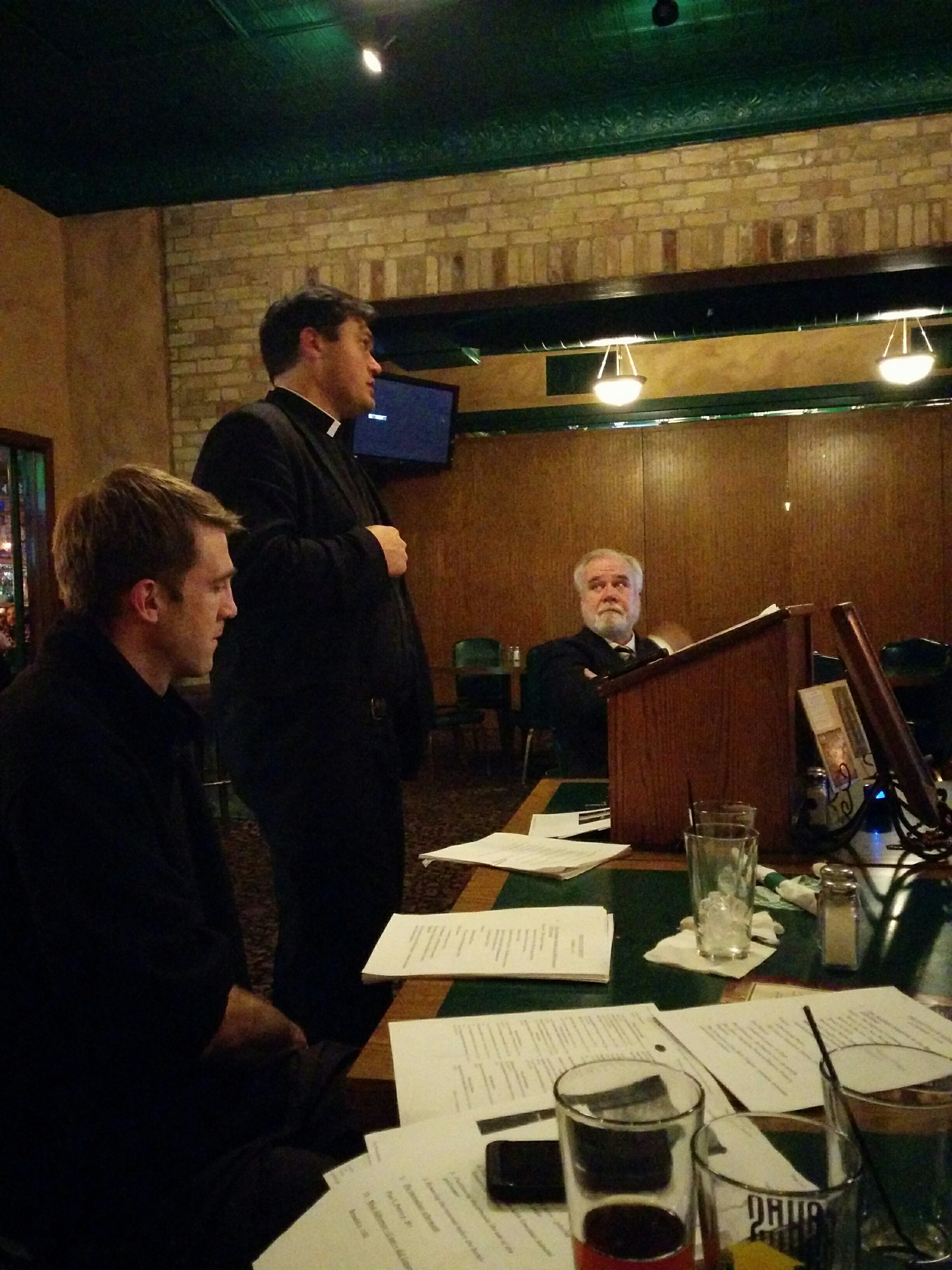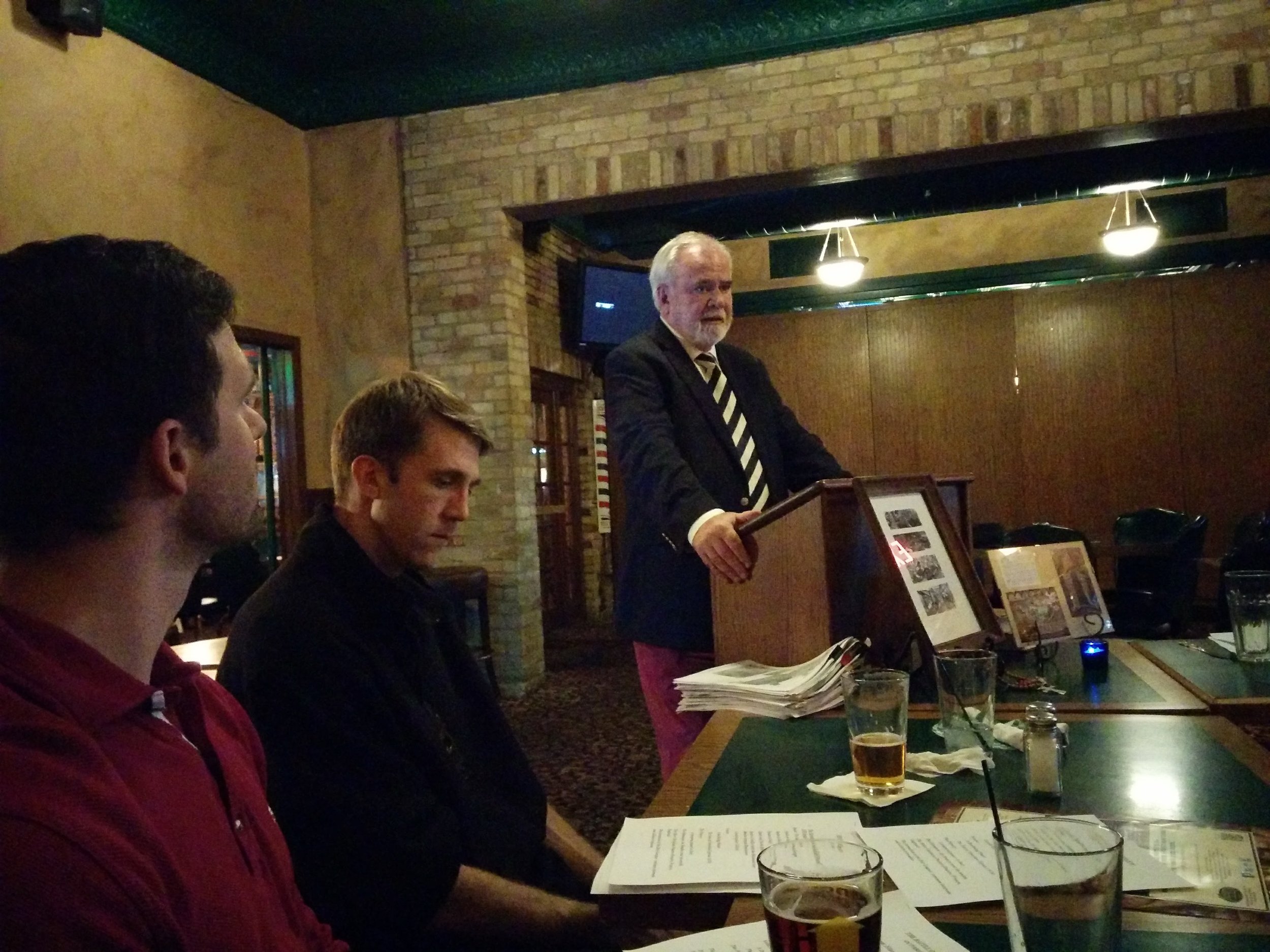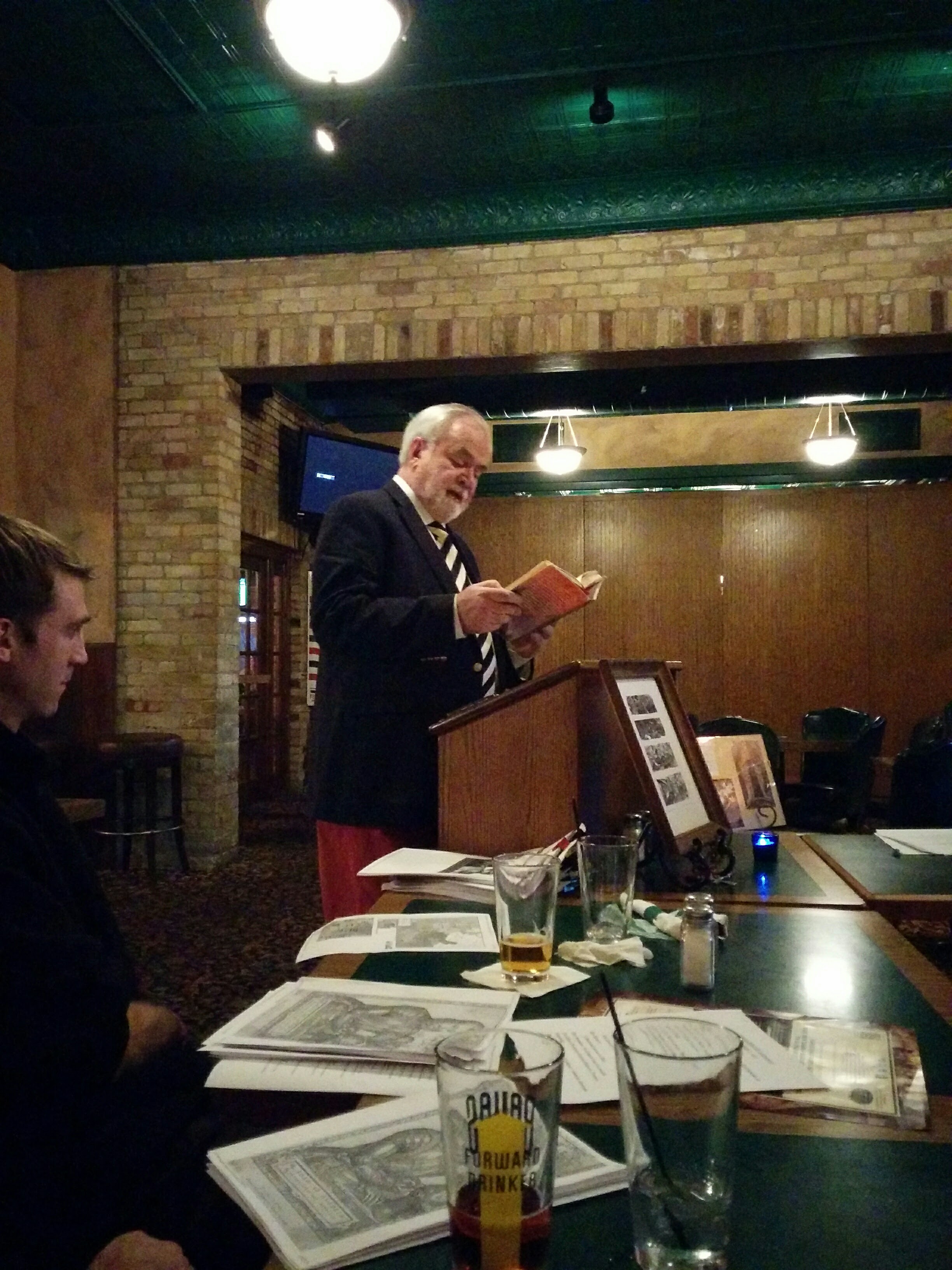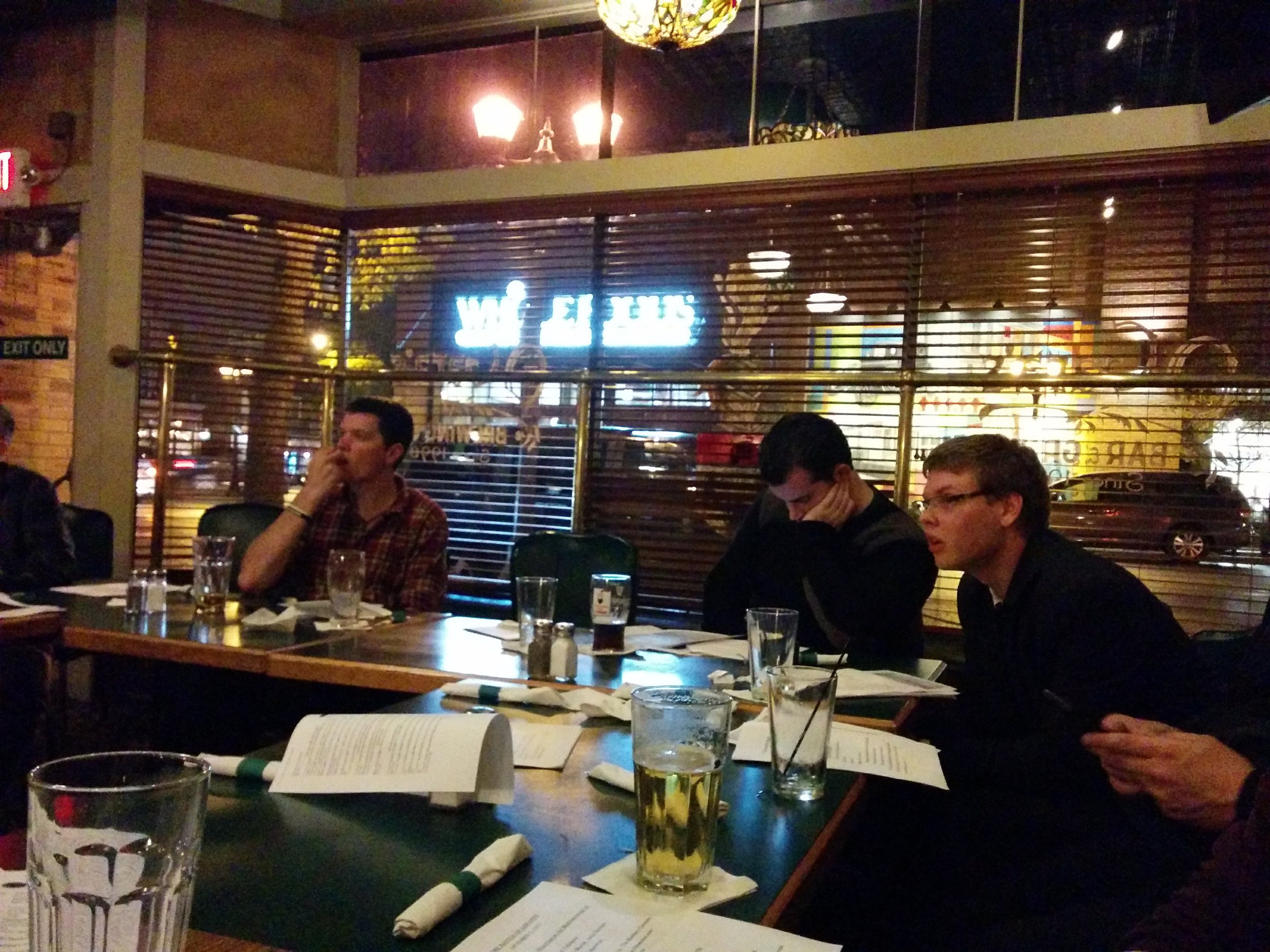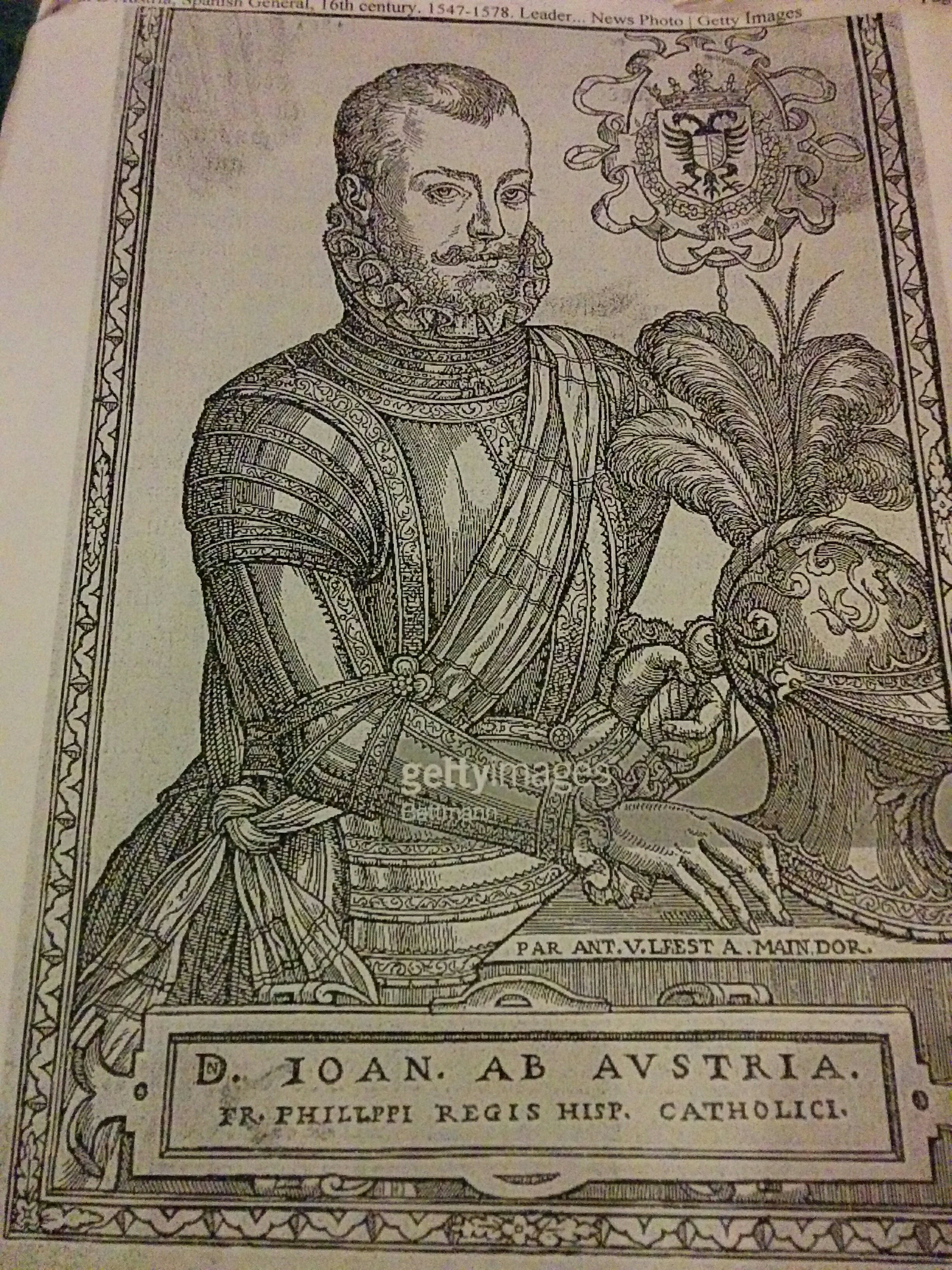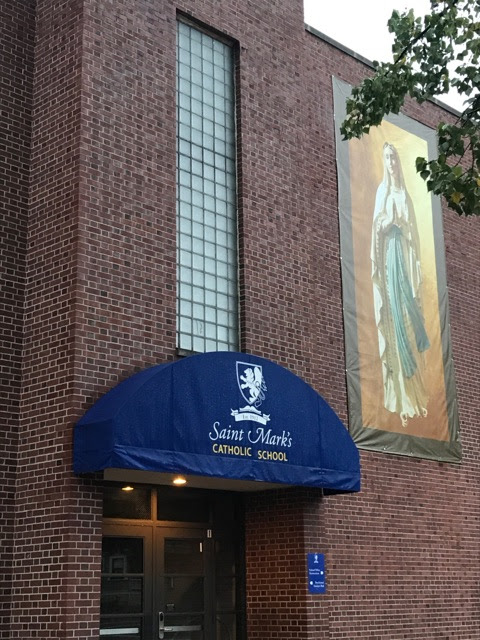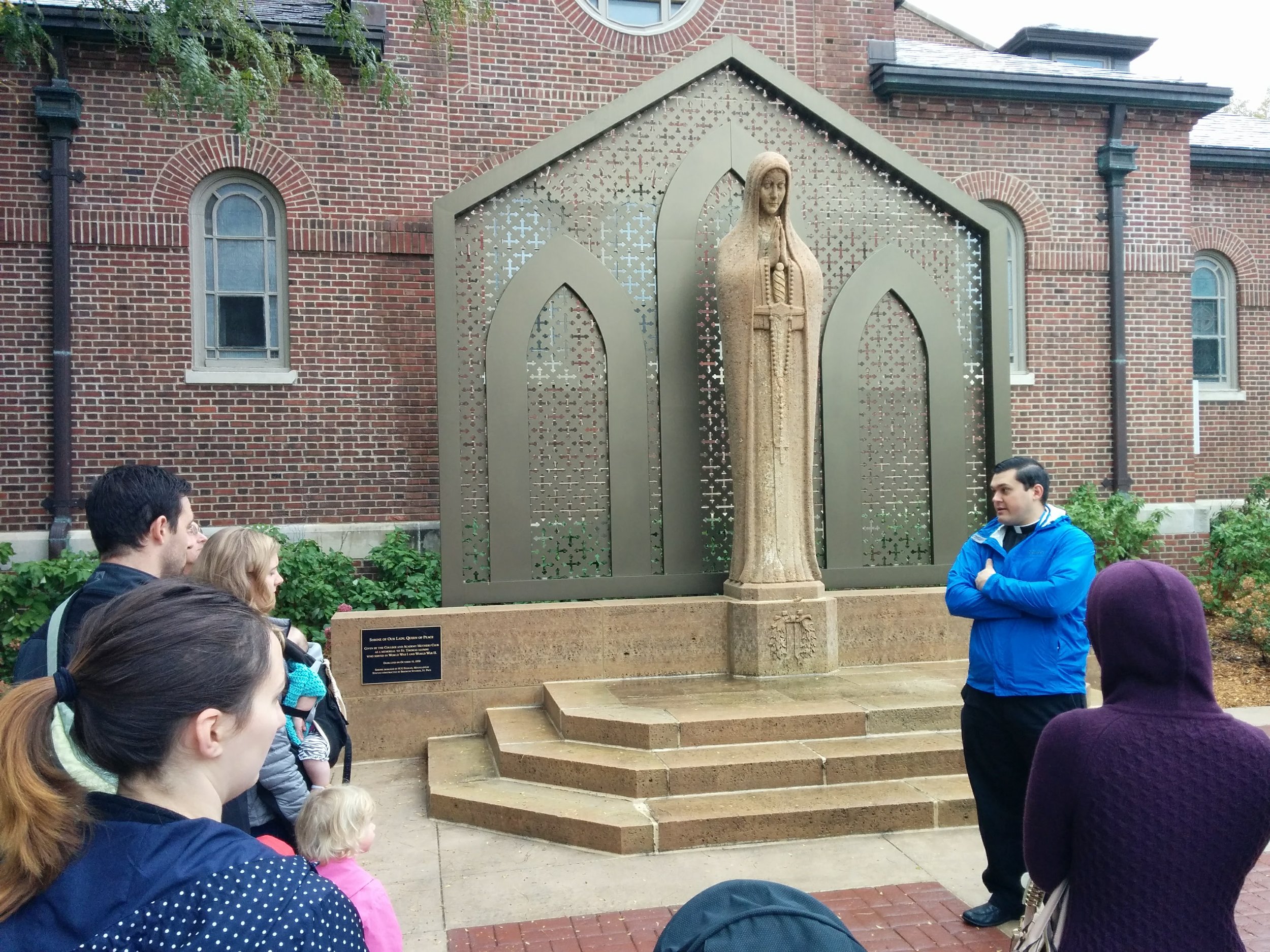A Church that Moves the World
/Conviviality was the prevailing wind of the day, at least figuratively, as we gathered in Kolbe Hall at Holy Cross Catholic Church on April 15th in the midst of the Tax Day Blizzard of 2018. Already, an hour before the first events of the afternoon, the hall was veritably bustling with people from the parish, from the University of St Thomas, clergy from the Archdiocese, and more friends from Italy than I’ve ever had the pleasure of encountering in one day. We had a purpose, a mission for gathering which was somewhat academic and practical but was primarily as convivial as the atmosphere. The “Church that Moves the World” was present in the community that was gathering on a decidedly white spring afternoon.
It was easy to tell, as a relatively low man on the proverbial totem pole, that there was some movement happening in that parish hall. Names were exchanged, and hands shaken with people from across the region, from the top of the academic and ecclesiastical ladder to people like me, the room was packed with people in every position that were ready to revive Catholic culture. This had to be a topic worth our careful consideration and attention.
Fr Howe set the tone as such with his opening remarks and recollections of his own time spent in Italy with the Tipi Loschi and the formative character of their community. A brilliant and, I think, unintended side effect of Father’s opening story was the familial conversation that it began. Indeed, the rest of the talks of the afternoon had the air of (sometimes) parents lovingly imparting wisdom, brothers and sisters sharing help with one another, and children receiving graciously from teachers.
Fr. Cassian Folsom OSB, all the way from Norcia, Italy, shared his insights on how to interact with the modern Western culture. Marco Sermarini, also visiting from Italy, spoke to the group about how the Saints give us aid and pray for the family of the Church here on Earth. Dr. Michael Naughton, Director of the Center for Catholic Studies at UST, gave an academic look at the conversation of the family within the Church which followed Marco’s entreaties well. Finally, Dr. Catherine Deavel from the Philosophy Department, UST, talked about the need for friendships and the types of friendships presented in Aristotle and other philosophical schools of thought.
Following the afternoons talks, and the intermissive happy hour featuring Birra Nursia brewed by Fr. Cassian and his brethren, the majority of those gathered made our way over to the church to spend time in contemplation before the Blessed Sacrament of what it was the Lord had called us to throughout the day. After sung Vespers and Benediction, the church began to fill with parishioners joining us for the usual Sunday evening Holy Mass. The family came together, with the Saints and Angels, to worship the Lord in the most proper and intimate way we could, by totally receiving Him in the Eucharist. It was the perfect capstone, or perhaps, cornerstone, to tie the whole day together and to remind us why, exactly, creating a Catholic culture is necessary.
“We do not want, as the newspapers say, a church that will move with the world. We want a Church that will move the world.” – Gilbert K. Chesterton
God love you,
Kyle Etzel, Catholic Studies ’17, Seminarian of the Archdiocese of St Paul and Minneapolis
